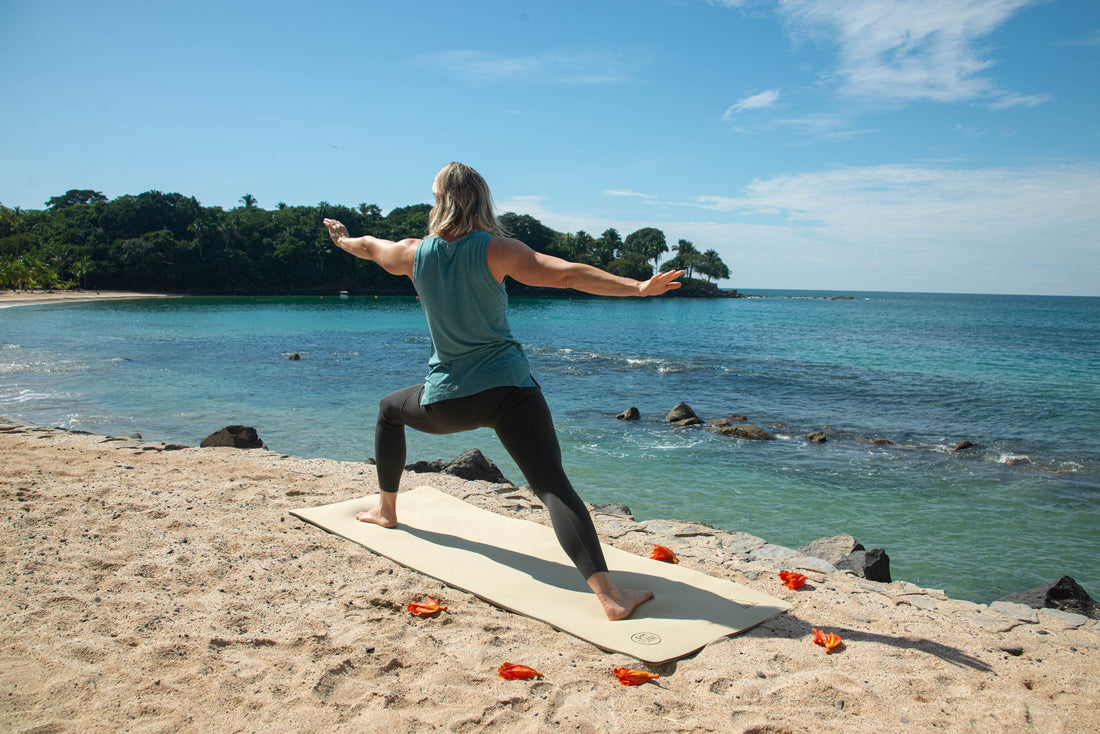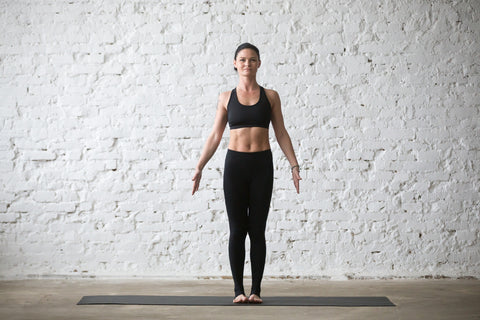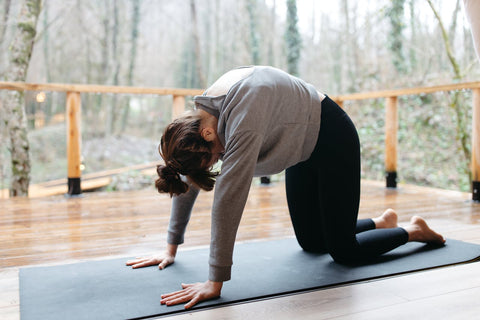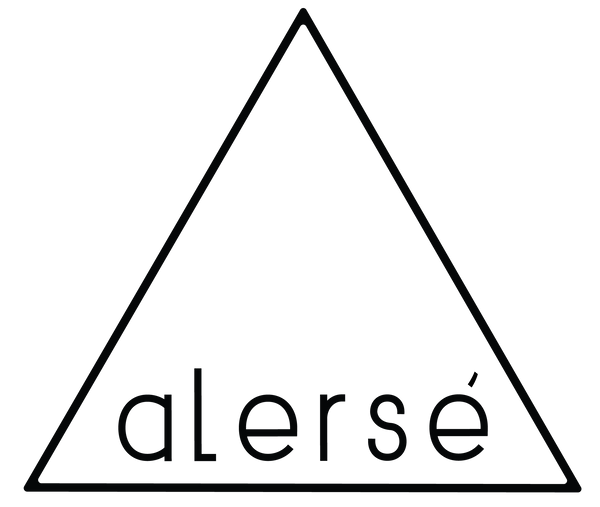
Yoga for Mental Health: Poses That Will Help Your Well-Being
Share
In a world where the daily buzz can overwhelm even the most resilient individuals, practices that marry the mind, body, and spirit are invaluable. Yoga, a discipline that stretches back thousands of years, offers a plethora of physical and mental health benefits for those it touches. Particularly, when it comes to bolstering mental health, there's a serene power in the regular practice of yoga. Whether you're stepping onto the mat for the first time or you're a seasoned yogi, these foundational poses can be the pillars of your mental health regimen.
The Essence of Yoga for Well-Being
More than just stretching and bending, yoga is about creating harmony within oneself. It’s not a quick fix, but rather a gradual understanding and transformation of the self.
The term 'yoga' comes from Sanskrit, meaning to unite or join, and that's precisely what this practice does — it unites the breath with movement, the body with the mind, and the individual with the universal consciousness.
For mental health, yoga's mindfulness aspect is key. It teaches you to be present, to focus on the here and now, and to remain calm in the face of turmoil. The breath control exercises, or pranayama, are particularly effective in reducing stress levels and calming the nervous system.
Starting Your Journey – Yoga Basics for Mental Health
New to the yoga mat? No problem. The best thing about yoga is that anyone can start, regardless of their age or ability.
Here are 5 basic poses that serve as an entry point to your yoga routine for mental health:
Mountain Pose (Tadasana)
The simplest of all yoga poses, Tadasana or Mountain Pose sounds uncomplicated but is the foundation of your entire practice. Here, you stand tall with your feet together, shoulders relaxed, and arms by your sides. Mountain pose is a grounding pose that teaches you to be aware of your body and breath in a still position, offering clarity and calmness.

Child’s Pose (Balasana)
Counteracting the stress of our daily lives, Child’s Pose is a resting and restorative posture. Kneel on the floor, touch your big toes together, and sit on your heels. Separate your knees about as wide as your hips and lay your torso down between your thighs. Extend your arms and release your forehead to the ground in front of you. This posture can be a comforting and gentle release for the back, shoulders, and mind.

Cat-Cow Pose (Marjaryasana/Bitilasana)
Involving a fluid motion between two poses, Cat-Cow increases flexibility and encourages you to move with your breath. Start on your hands and knees with the wrists directly under your shoulders and the knees under the hips. As you inhale, arch your back and lift your tailbone, chest, and head towards the sky in Cow Pose. Then, as you exhale, round your spine up towards the ceiling and tuck your chin to your chest in Cat Pose. This dynamic pose warms up the spine and brings energetic balance to the body.


Warrior I (Virabhadrasana I)
Warrior I pose strengthens the legs, opens the chest, and promotes a grounded stance, which can be empowering for your mental state. From a standing position, step your feet wide apart, rotate your back leg 45 degrees, and bend your front knee over your ankle. Raise your arms overhead, and if comfortable, look up toward your hands. Imagine yourself standing strong and resilient like a warrior.

Downward-Facing Dog (Adho Mukha Svanasana)
One of the most well-known yoga poses, Downward Dog offers a full-body stretch that can release tension and calm your mind. Begin on your hands and knees, tuck your toes under, and lift your hips up and back, creating an inverted V-shape. Press your hands firmly into the mat and imagine energy flowing from your hands all the way through your spine, to your hips, and down to your heels. This pose can be a powerful moment of reflection and introspection.

Go the Extra Breath – Creating a Routine
To truly harness the mental health benefits of yoga, consistency is key. Set a realistic goal, such as practicing for 10 minutes every morning, and build from there. If time allows, extend your practice to 30 minutes or an hour. It's not just about the poses; it's about the practice, the breathing, and the mindfulness that you put into it.
The Starting Point – Establishing Your Routine
An established yoga routine can be your anchor in the storm. Start with a warm-up, including a few rounds of Cat-Cow, some gentle twists, and a couple of Sun Salutations. Then move through a series of standing, balancing, and seated poses, paying close attention to your breath and any sensations in your body.
Deepening Your Practice – Adding Rounds and Mantras
If you feel ready, try adding rounds to your series of poses, going from one to the next without stopping. You can also incorporate mantras or affirmations to further focus your mind.
For example, in Warrior I, you could repeat silently or out loud, "I am strong" on your inhalation and "I am grounded" on your exhalation.
Closing with Stillness – Savasana
Every yoga practice should culminate in Savasana, or Corpse Pose. This is a time for complete relaxation and restoration. Lie on your back with your arms by your sides and your legs extended. Close your eyes and breathe naturally. Allow each part of your body to relax, from your toes to your forehead.
Savasana provides an opportunity for your body to integrate the work you've done and for your mind to find stillness.
Anxiety – The Small Victories in Supported Bridge Pose
Lying on your back with your knees bent and feet flat on the floor, press your feet into the ground as you lift your hips and lower back off the mat. Slide a block or cushion under your sacrum for support or keep your hands on your lower back for extra stability. Close your eyes and breathe deeply.
For anxiety, focus on the small victories in holding this pose, relieving tension in the back and promoting a sense of security and support.
Depression – The Heart-Opening Comfort of Camel Pose
Kneeling on the mat, tuck your toes under, and place your hands on your lower back for support. Inhale and lift your chest, roll your shoulders back, and gently arch your spine, guiding your hands to your heels. Drop your head back if comfort.
Camel pose opens your heart, countering the hunched posture often associated with depression, and can invigorate your spirit.
Transitioning from Poses to Life
Yoga isn't just something you do on the mat; it's a way of life. The lessons you learn in yoga — patience, gratitude, resilience — can be applied to your everyday life. Through consistent practice, you'll find that you become more mindful, more resilient, and better equipped to handle life's challenges.
At Alerse we take mental health seriously, knowing that so many are suffering from depression, anxiety, and a lack of presence.
In our modern American lives, we are constantly distracted, as work, devices, and life at a fast pace are always attempting to draw on our attention. Yoga can be that respite from these distractions. A well-formed practice can force you into being present. As it takes concentration and intention to do many yoga poses well.
We have designed our yoga mats to be a part of this practice by designing a mat that does not distract but on the contrary compliments your practice. Our mats are thicker and lighter than most, making them a safe haven from joint and pose pain (the pain from hard poses).
It is our hope that you will explore Alerse yoga mats and utilize them as a tool in your arsenal towards good mental health. That you will consider them a safe haven to get away from the everyday stresses and be in the moment.
